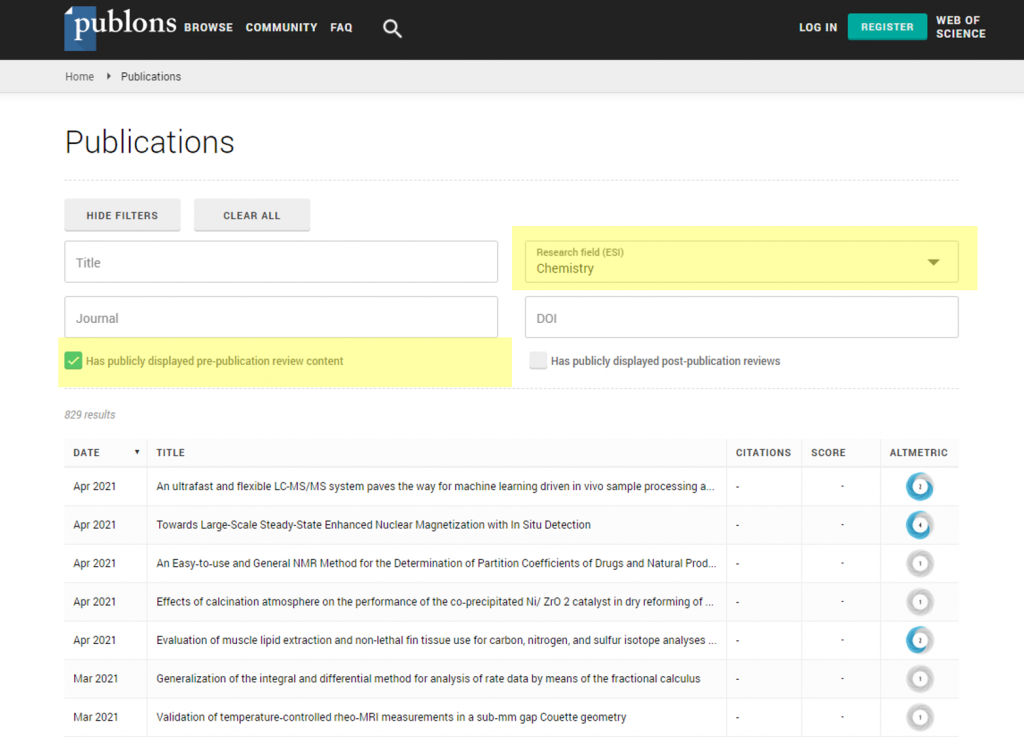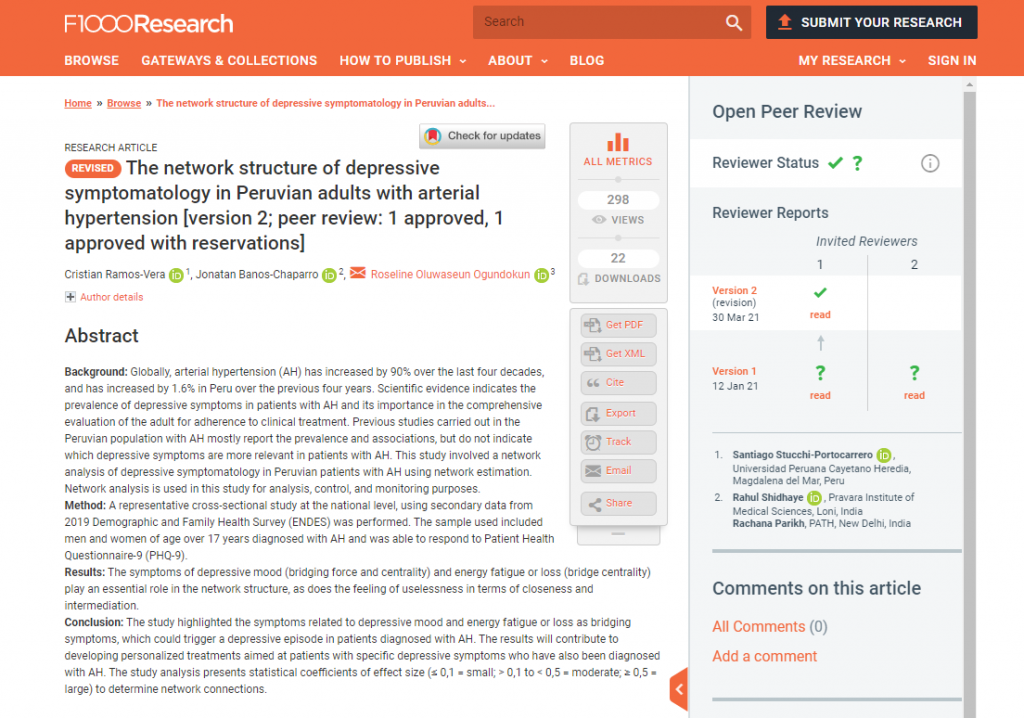There are many things we can learn from peer review processes of others. Not only we learn how to give constructive feedback, it also helps us stay up to date with research developments and improve our critical thinking.
To most students who are very early in their academic study, peer review may remain as a theoretical concept until they have gained substantial knowledge in their studies to get involved in the practical peer review activity. Often, it would take a learner a couple of years to conduct a research project and go through the manuscript submission as an author. Then, there could be a few years more before one got invited by publishers to officially participate as referees for scholarly publications.
As an important component of scholarly communication, how can students or early-career researchers get to learn the peer review process despite the long learning curve? This blogpost highlights a few platforms with Open Peer Review (OPR) publishing model, or OPR reports, where readers can get a view of the peer review process with better transparency.
The term “open” in OPR is used in contrast to traditional blind peer review process and it suggests that OPR allows for open communication between authors and referees. Some of the core traits of an OPR system include open identities (authors and reviewers are aware of each other’s identity), open reports (review reports are published alongside the relevant article), and open participation (the wider community are able to contribute to the review process). Publishers who operate Open Peer Review or Transparent Peer Review will normally include this piece of information on their “Peer Review Policies” webpages, for example, Wiley’s Transparent Peer Review pilot and some of the Nature Portfolio Journals.
Apart from individual OPR journals, I would like to highlight the following two venues, Publons Publications and F1000 Research. They are good sources of publicly available peer review contents.
Publons
On Publons, researchers can track their publications, journal/grant peer review services in one place. Researchers’ Publons profile is largely automated through integration with Web of Science, ORCID, and thousands of scholarly journals. It provides Publons Academy, an online training course teaching you core skills in peer review. One can also use this platform to search for publications with publicly displayed pre-publication review content. These resources are made available through Publons Transparent Review, as well as open reviews performs for other journals who operates open review policies.
Here is a search for publications with open reviews in chemistry:

F1000 Research
F1000 Research is an Open Research publishing platform and it was acquired by Taylor & Francis in 2020. When a manuscript passes a basic editorial review (e.g., plagiarism and research ethics checks), the authors’ finalized manuscript will be published online, and the peer-review process will take place. The peer reviewer names and comments are visible on the website, together with the authors’ responses and comments from registered users. All versions of an article are linked and independently citable. We can track the approval progress to learn the editorial decision-making process.
Here is a research article under peer review as of 13 April:

– By Jennifer Gu, Library
Views: 287
Go Back to page Top
- Category:
- Academic Publishing
Tags: open peer review, peer review, scholarly communications
published April 21, 2021
last modified March 11, 2022


